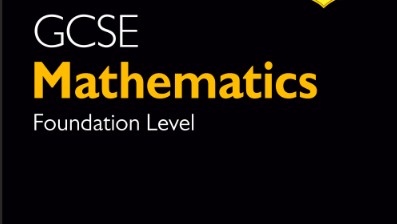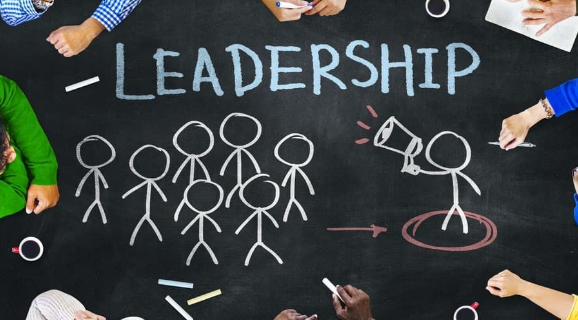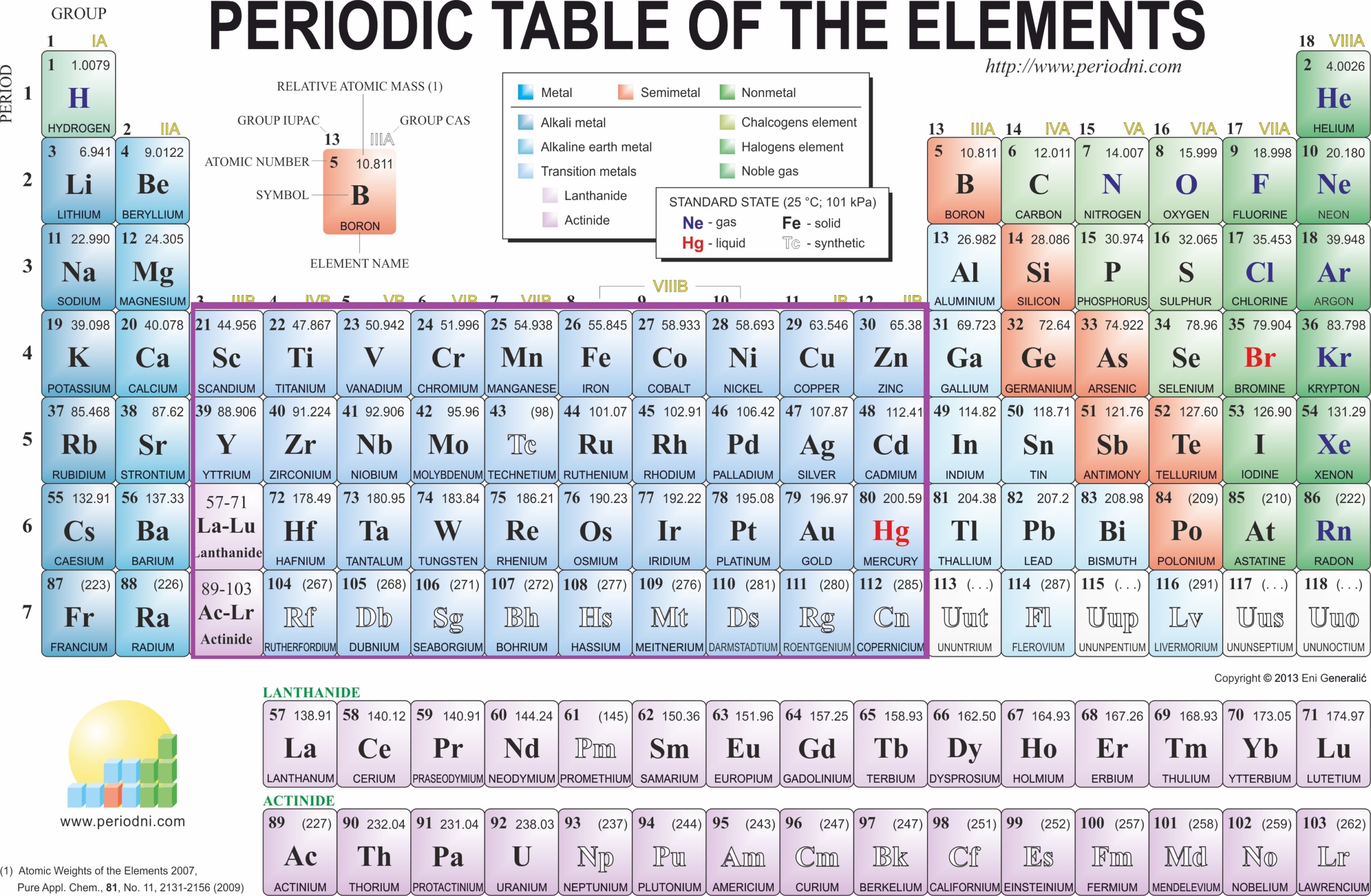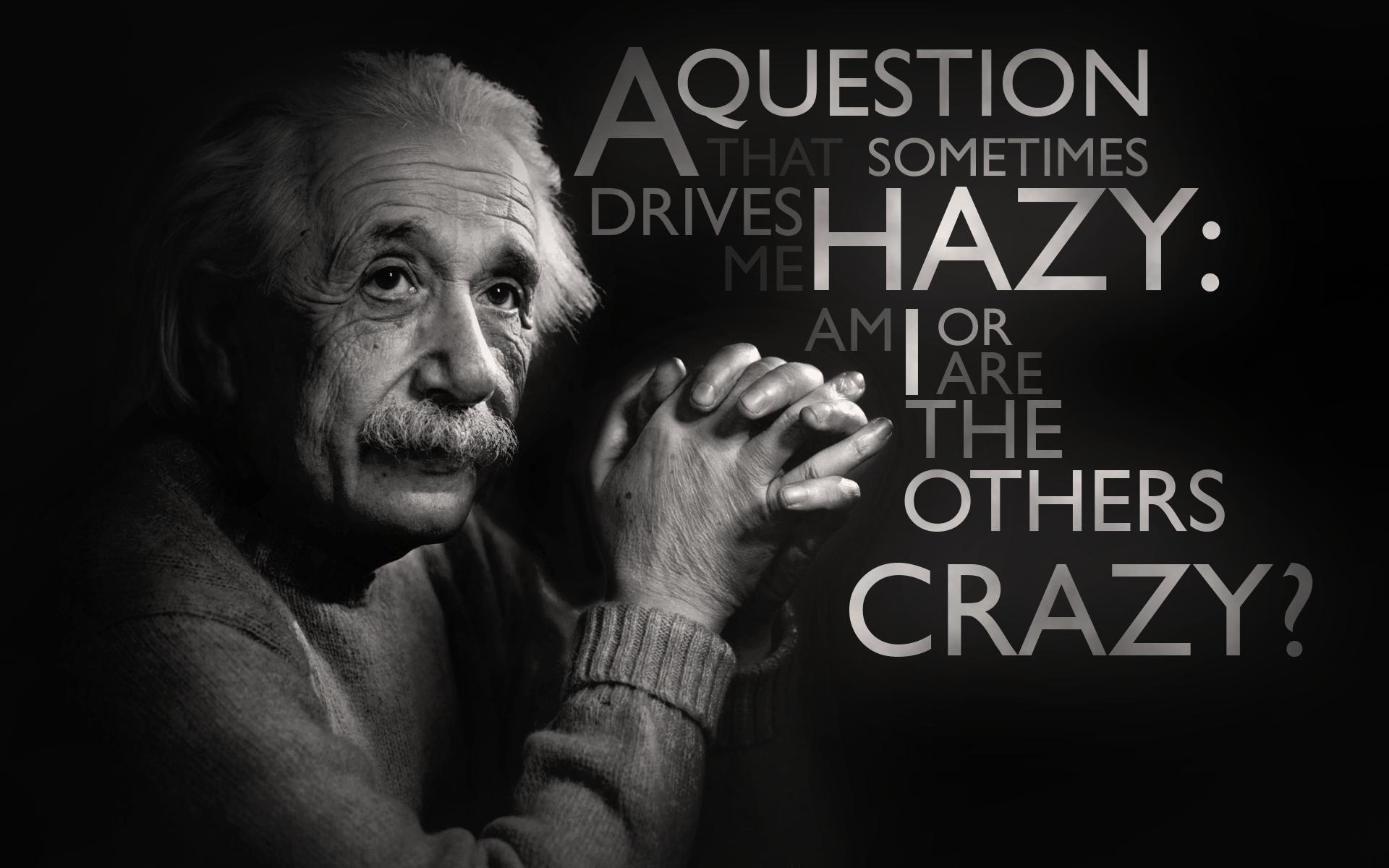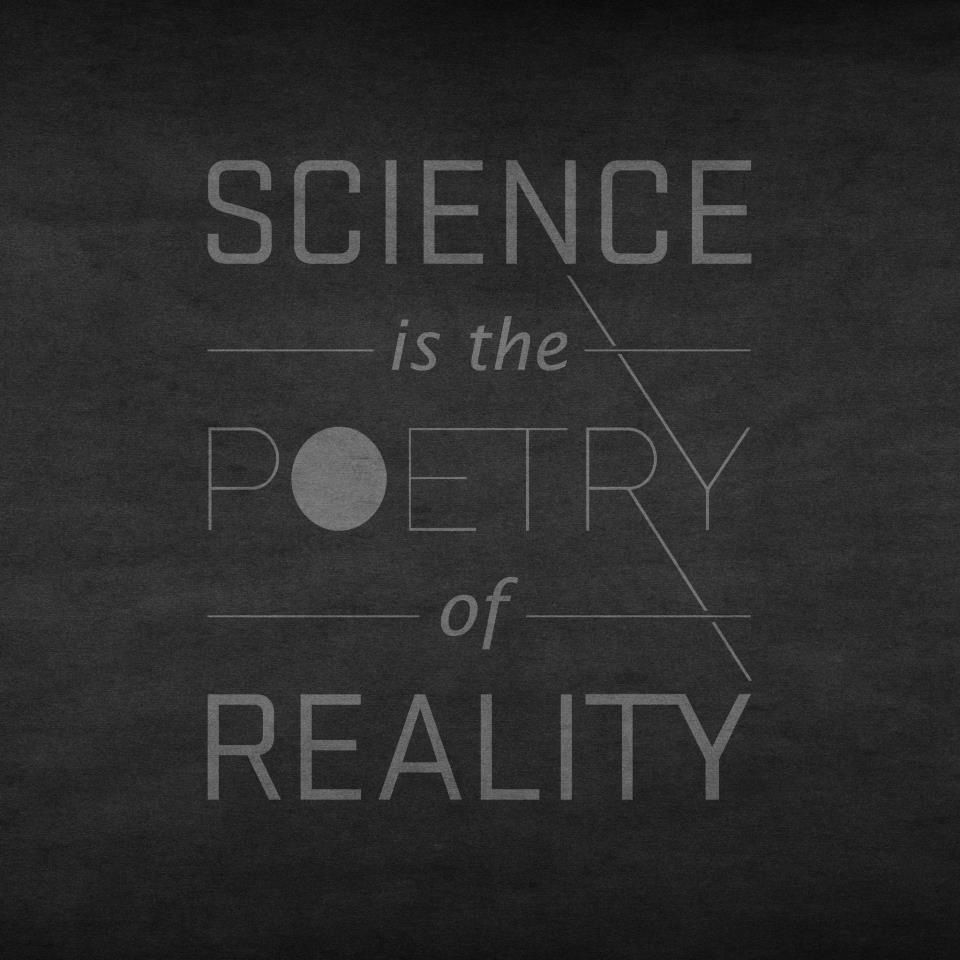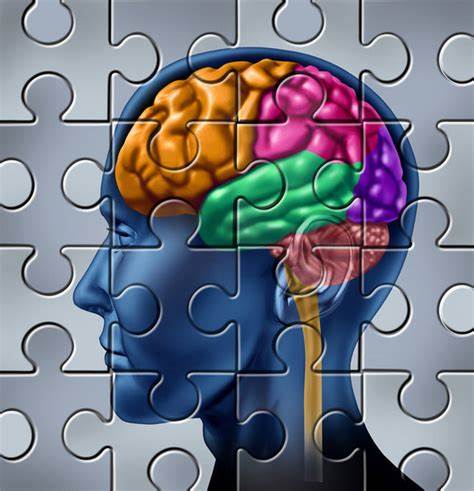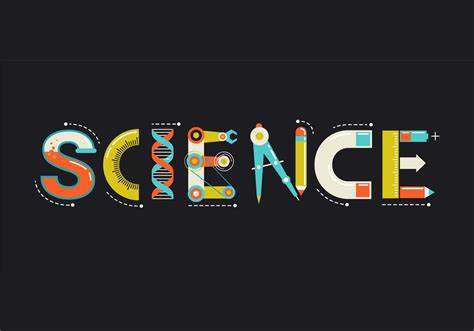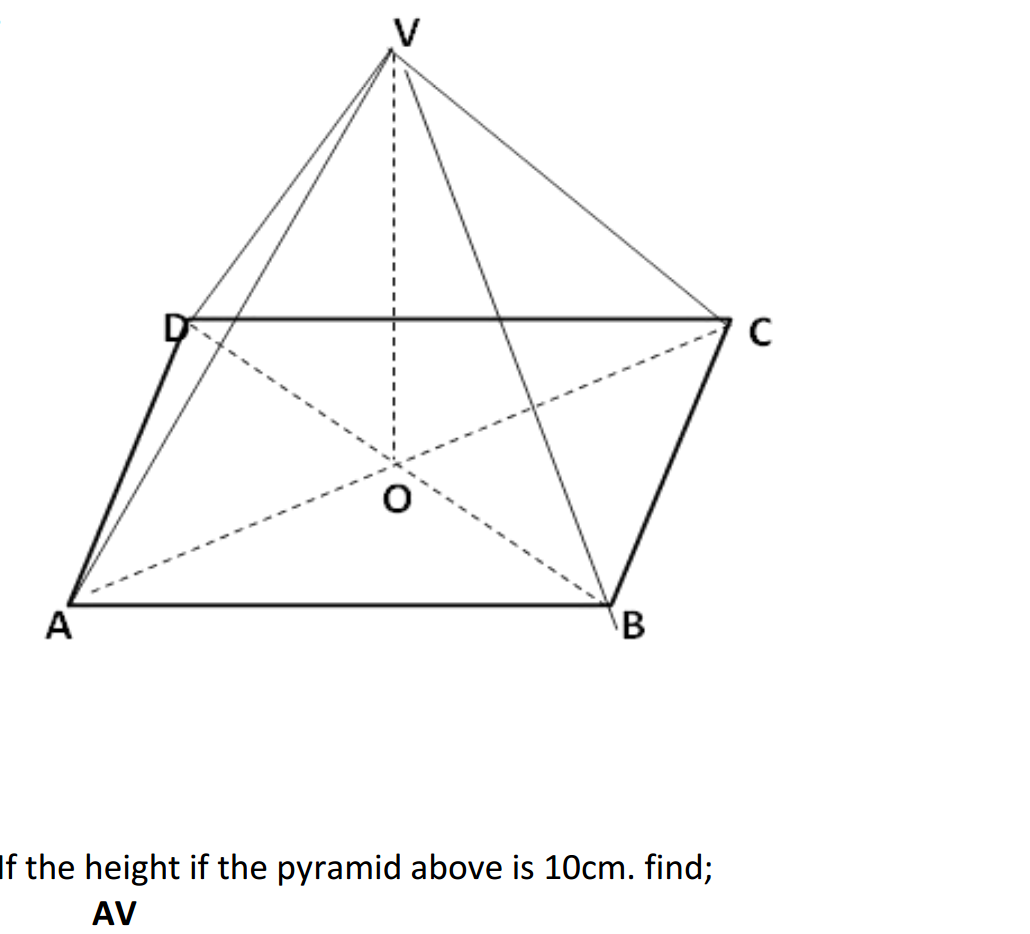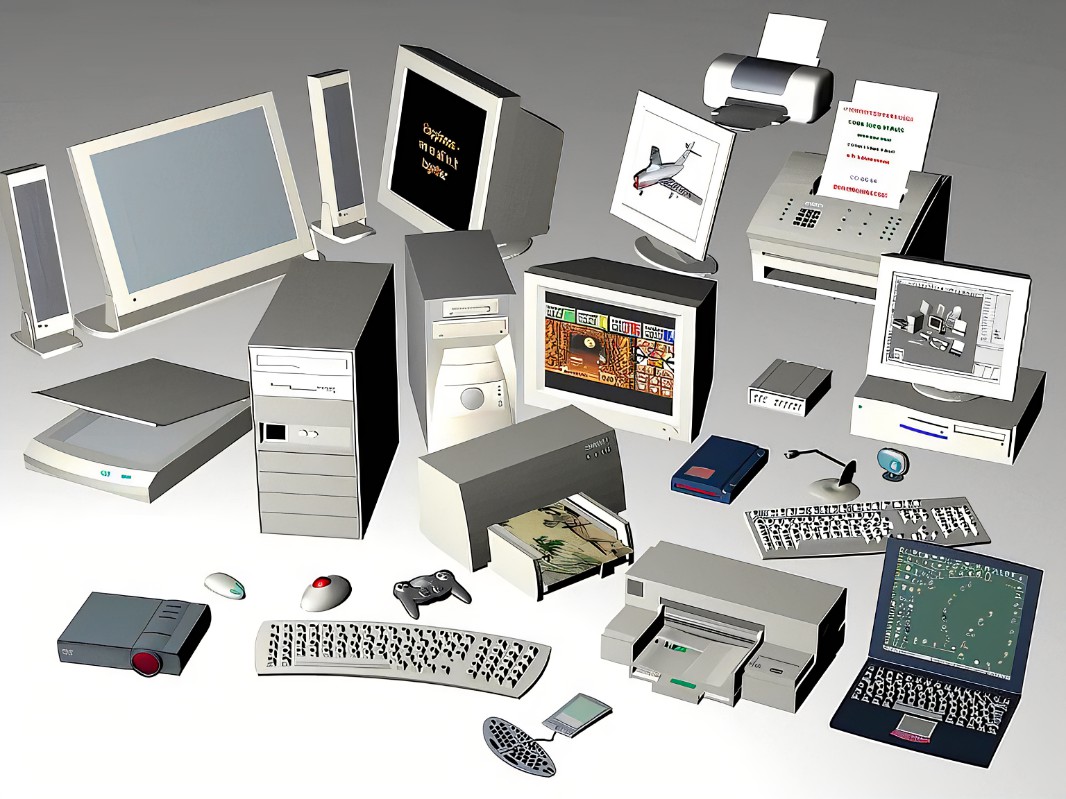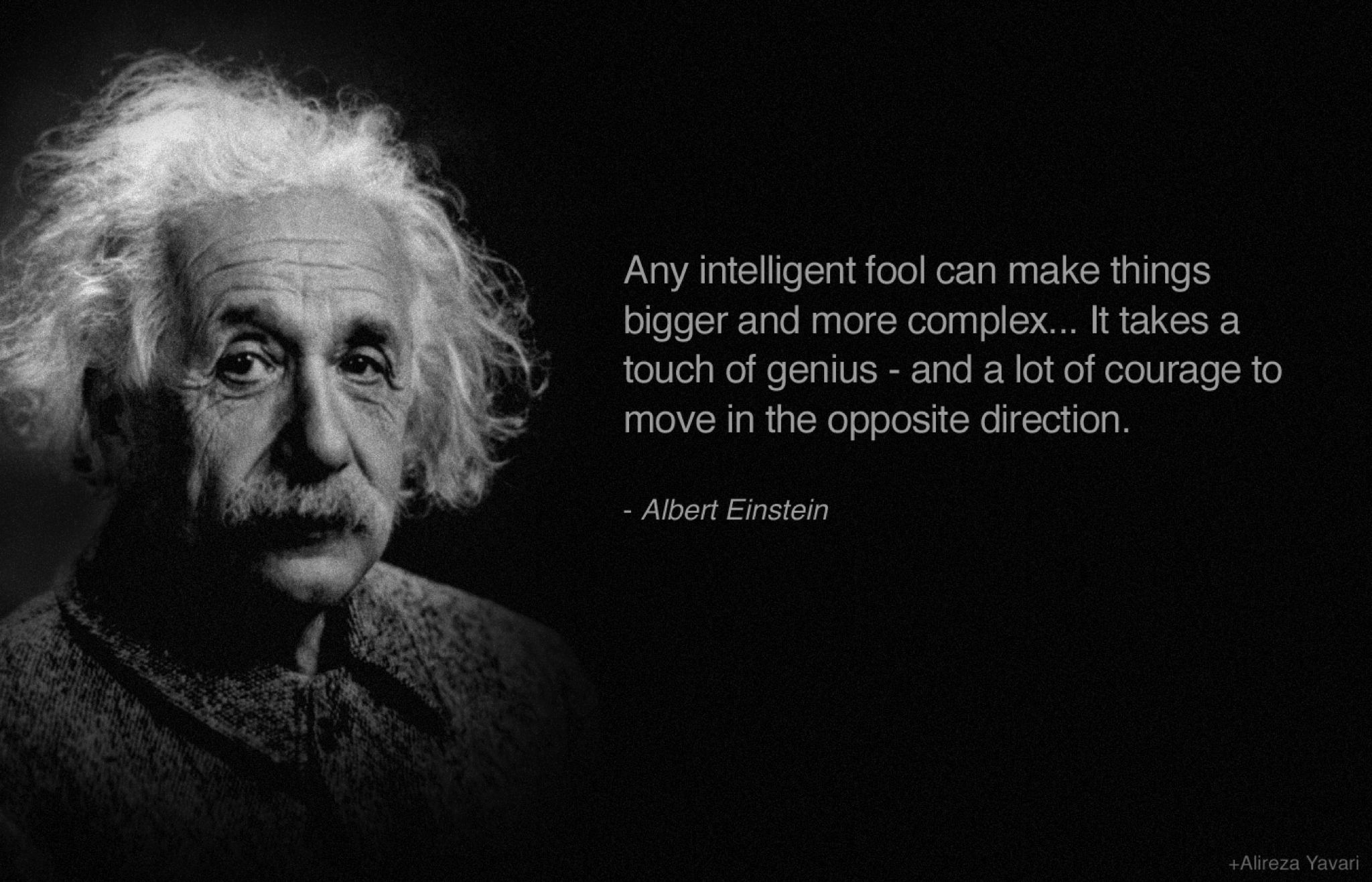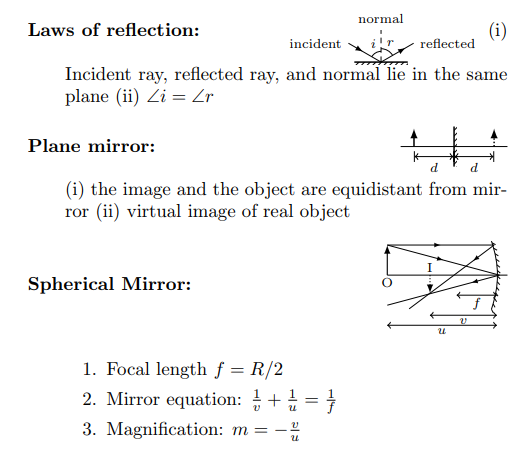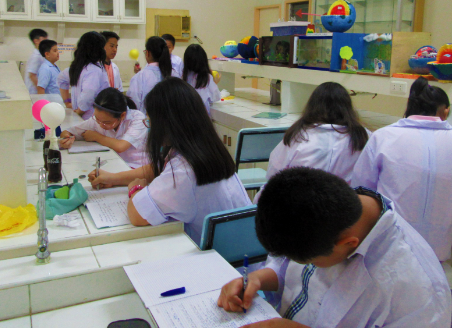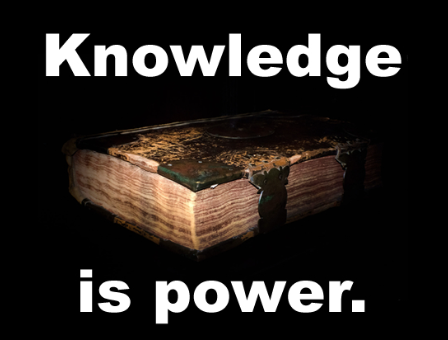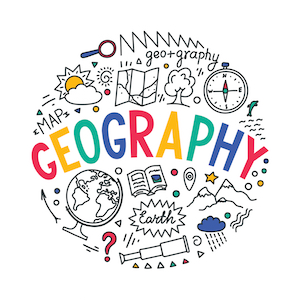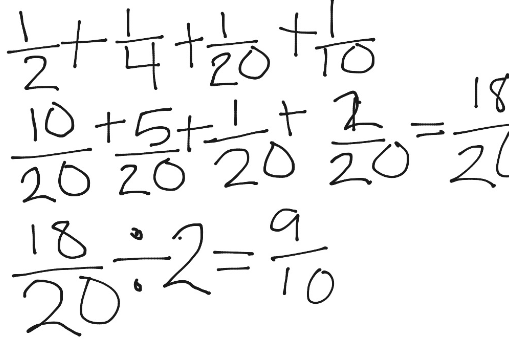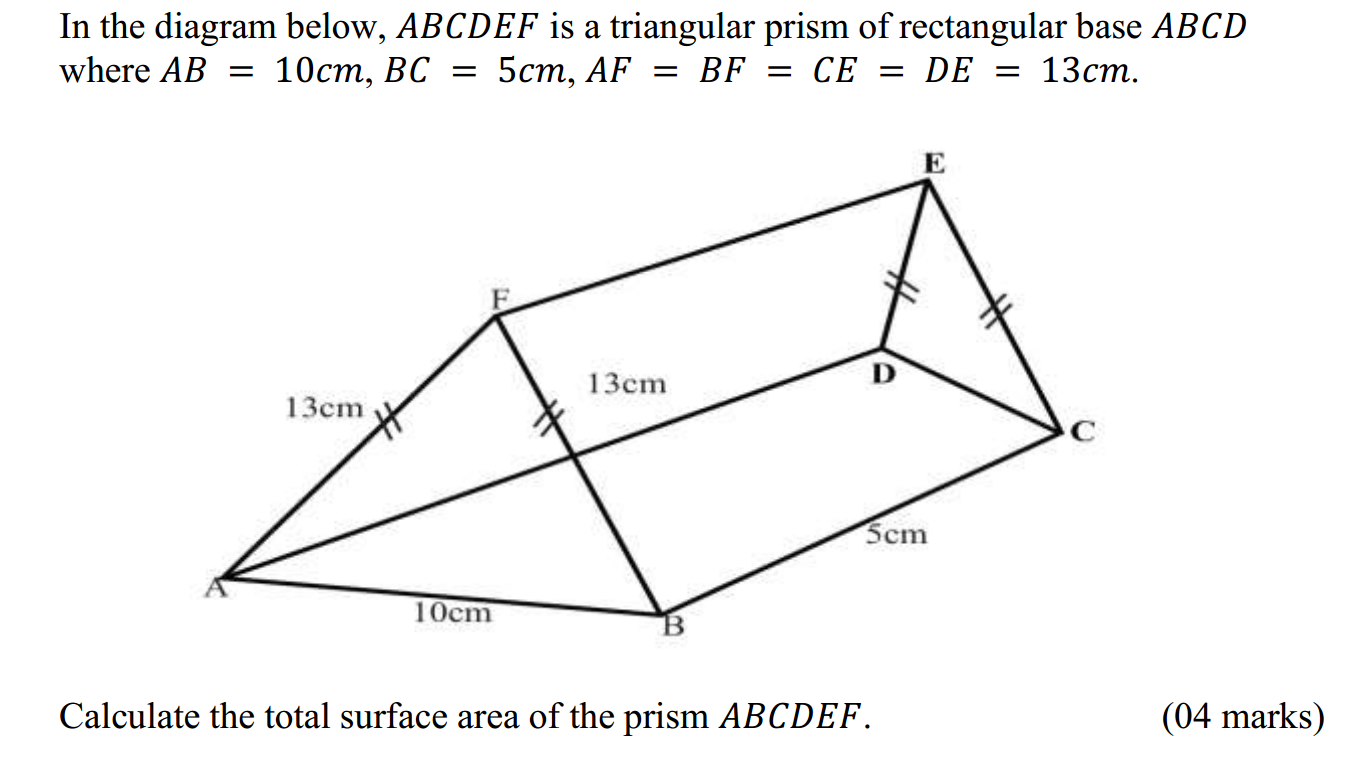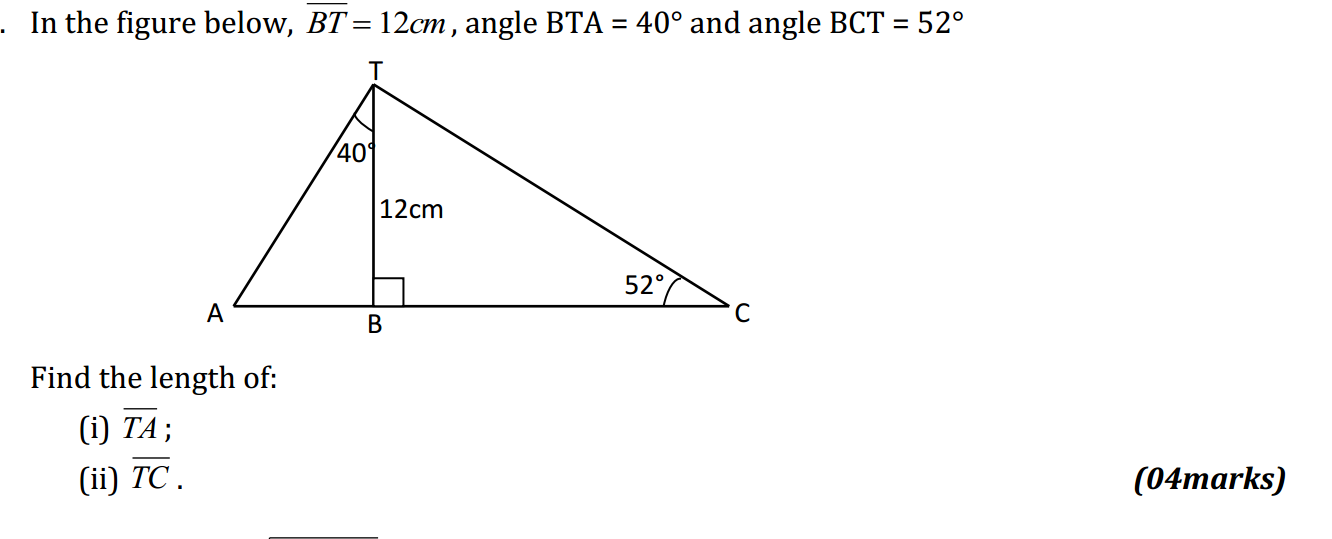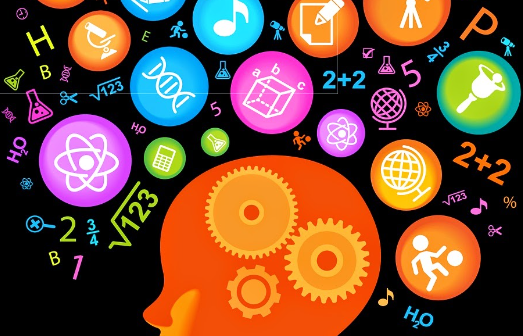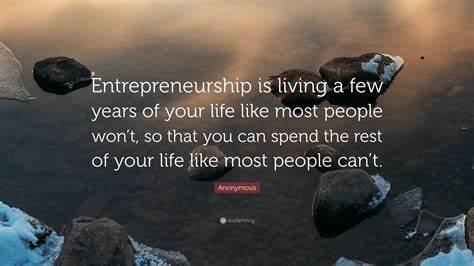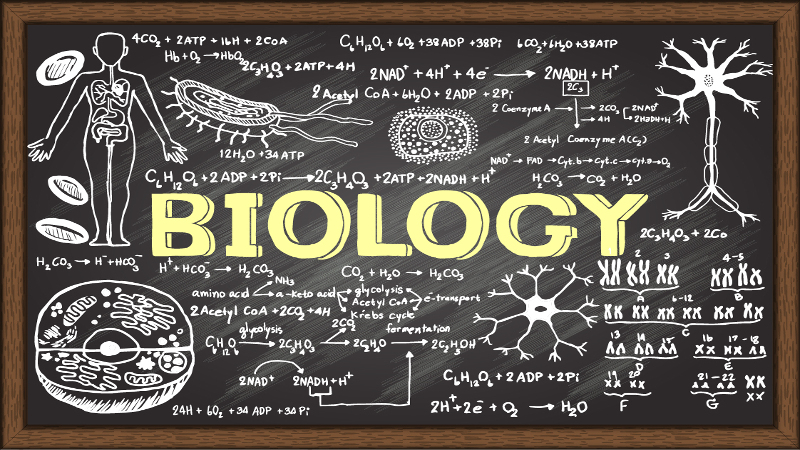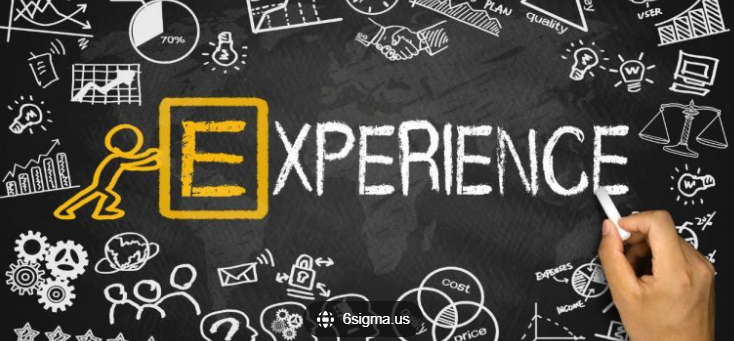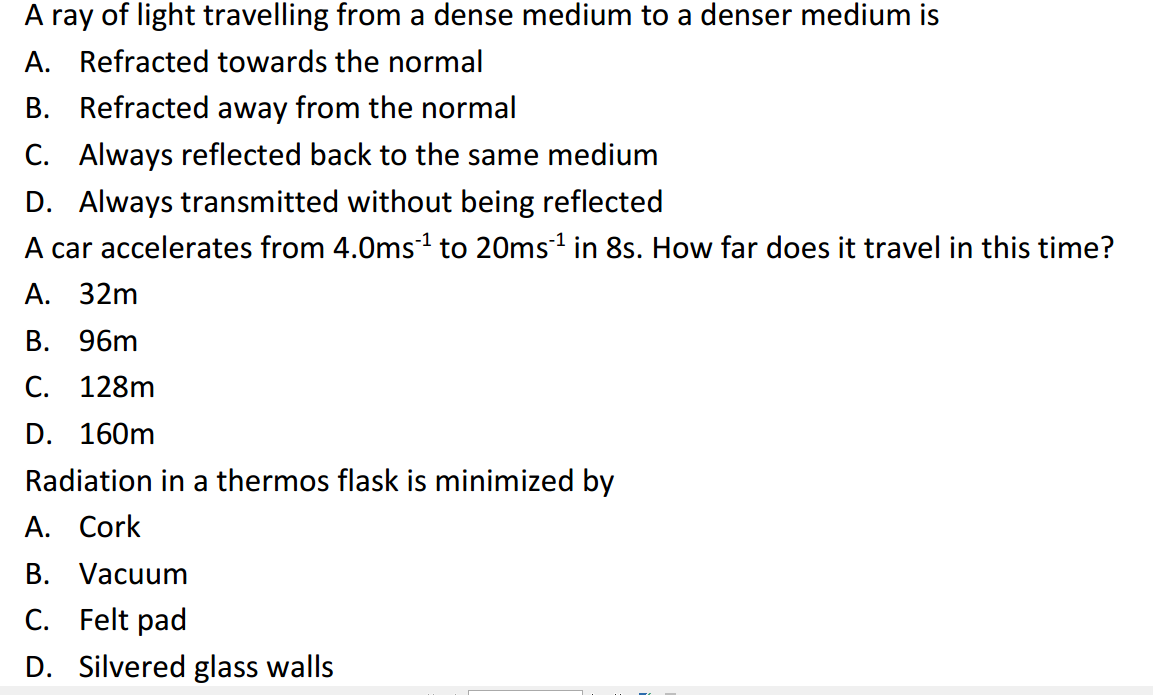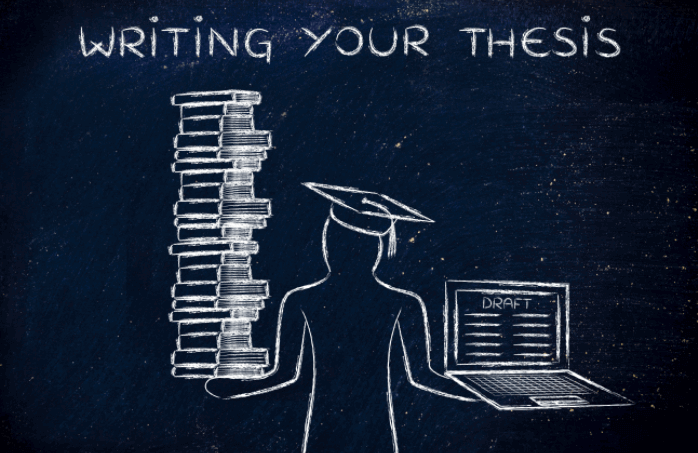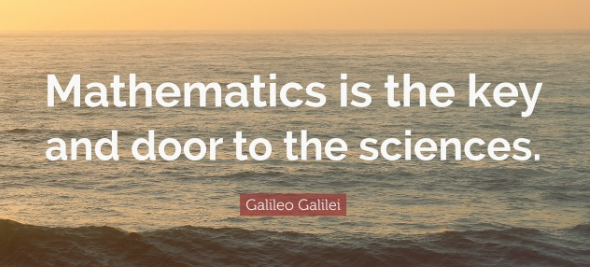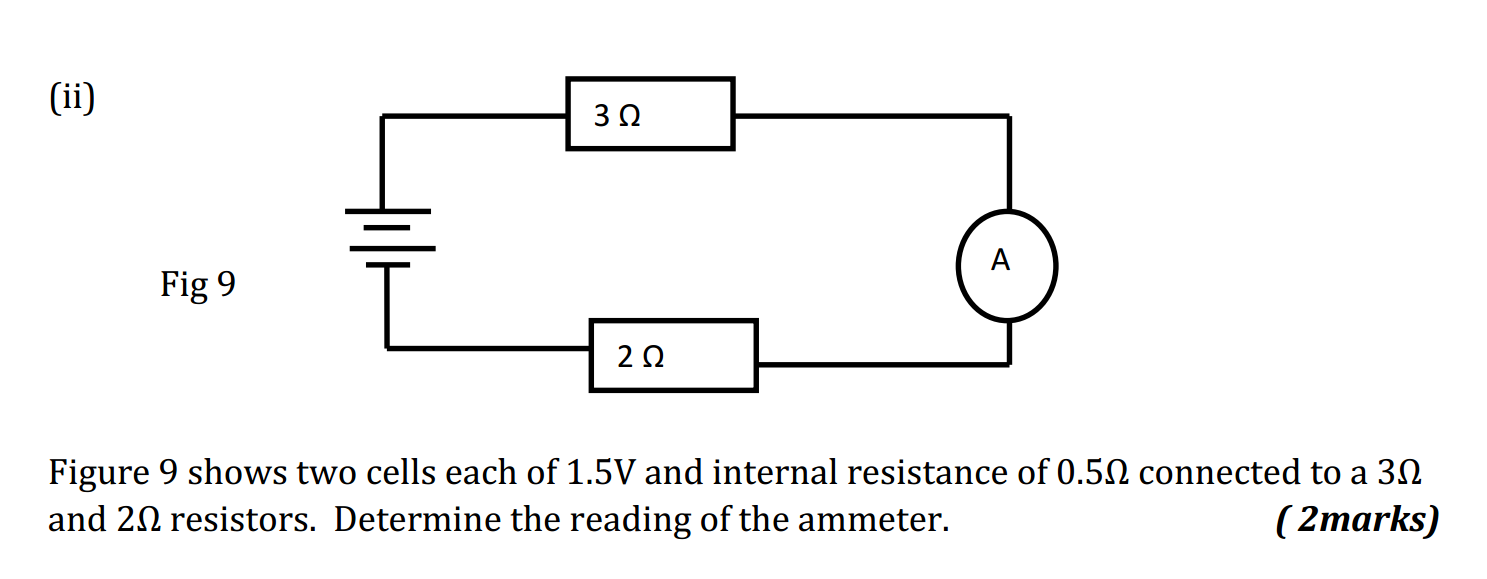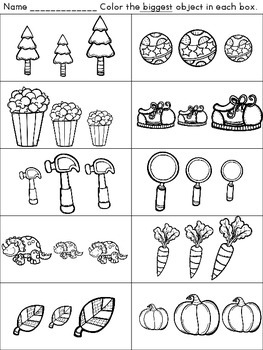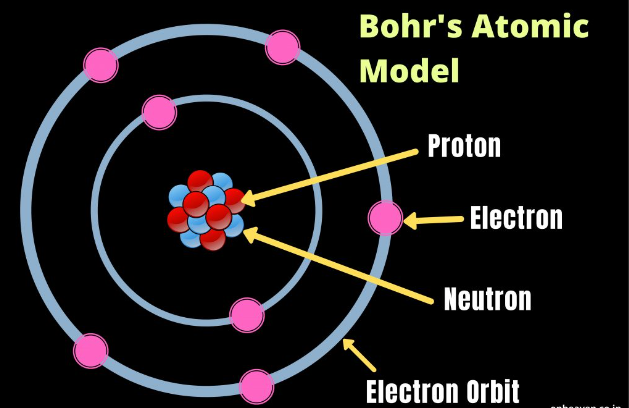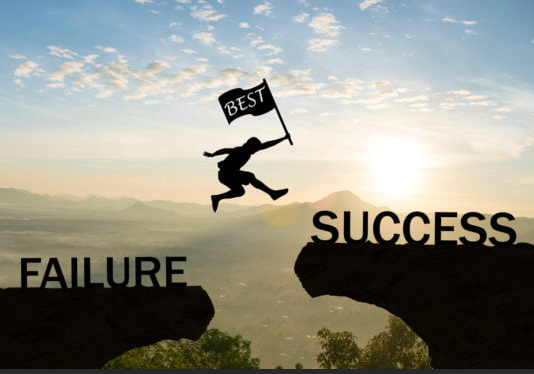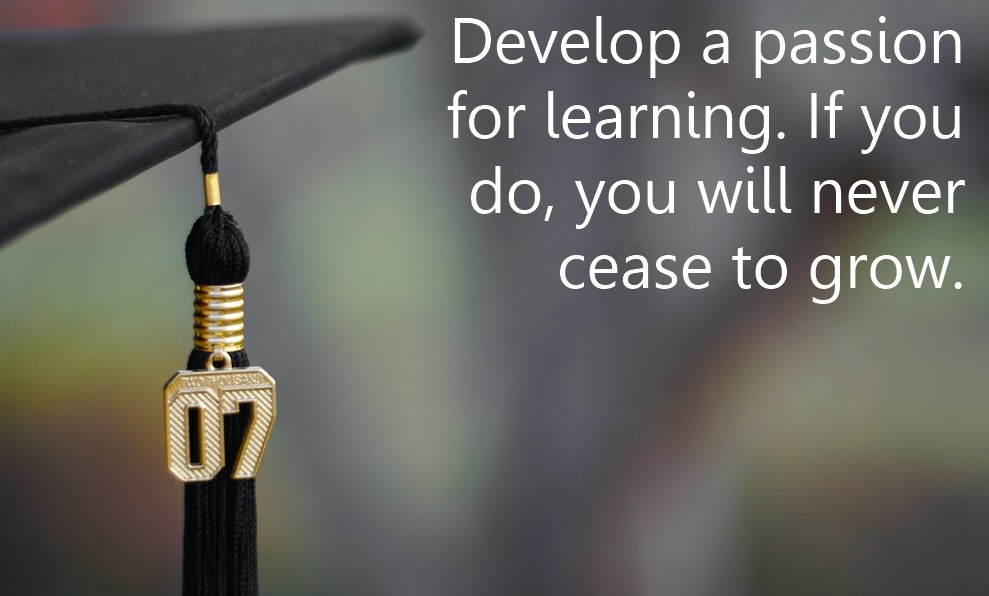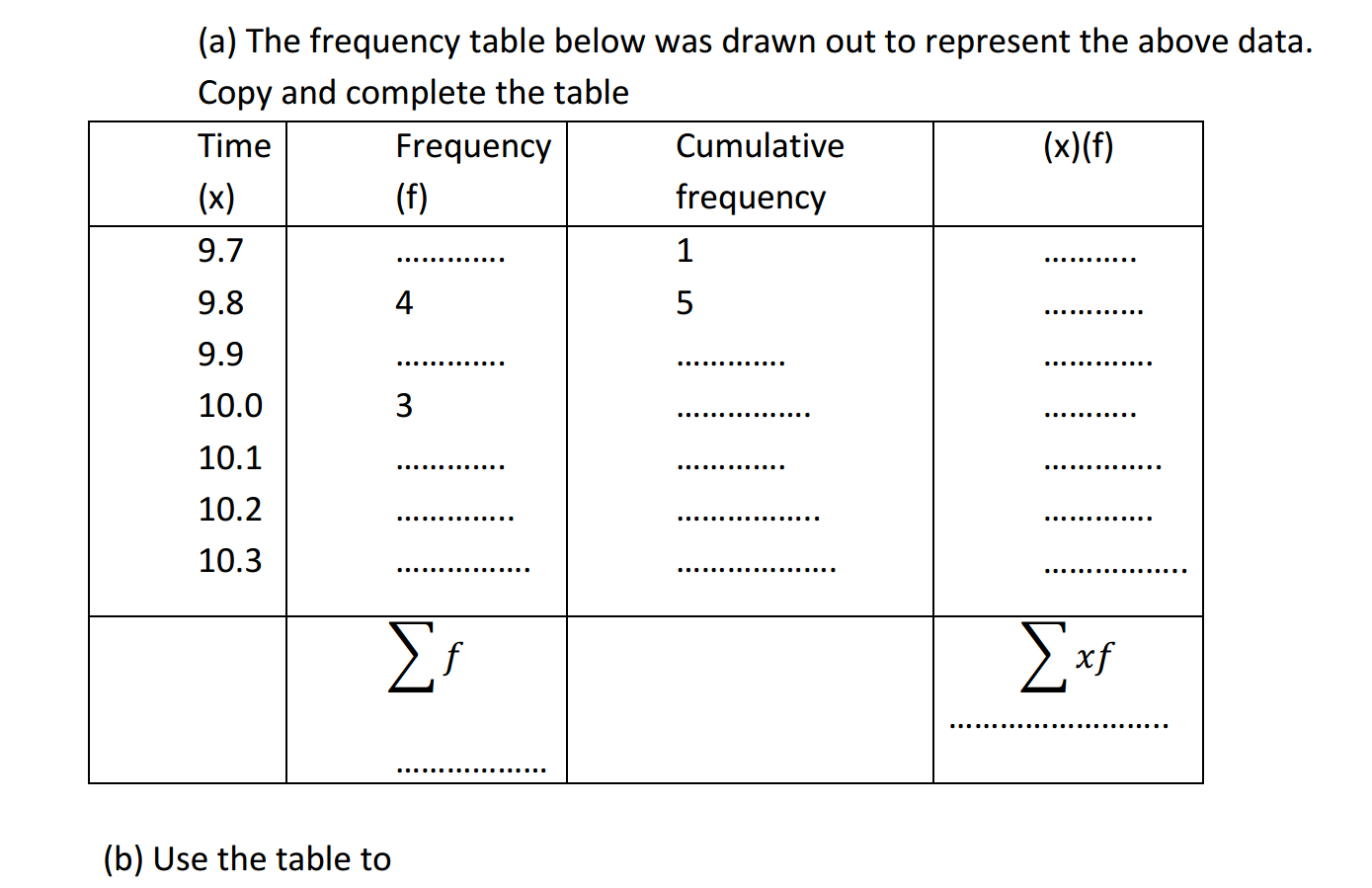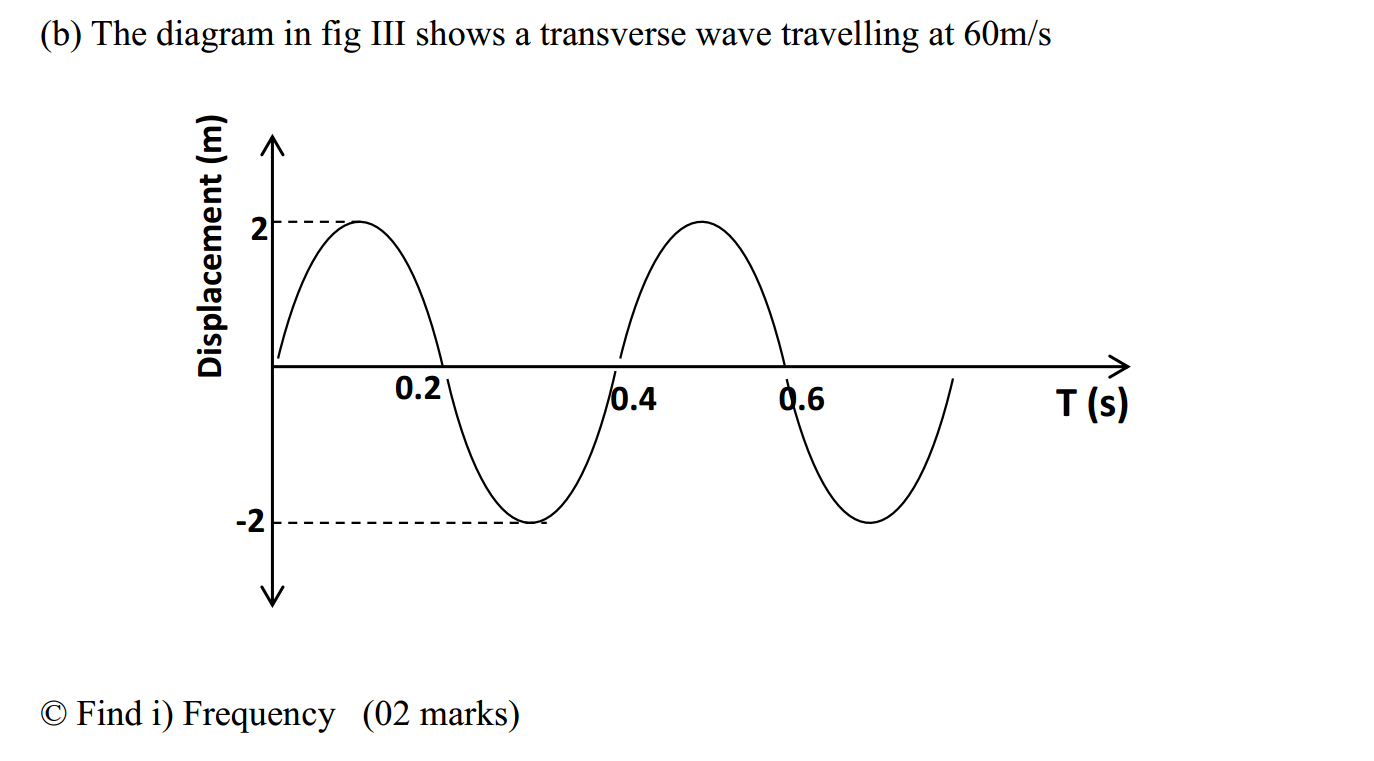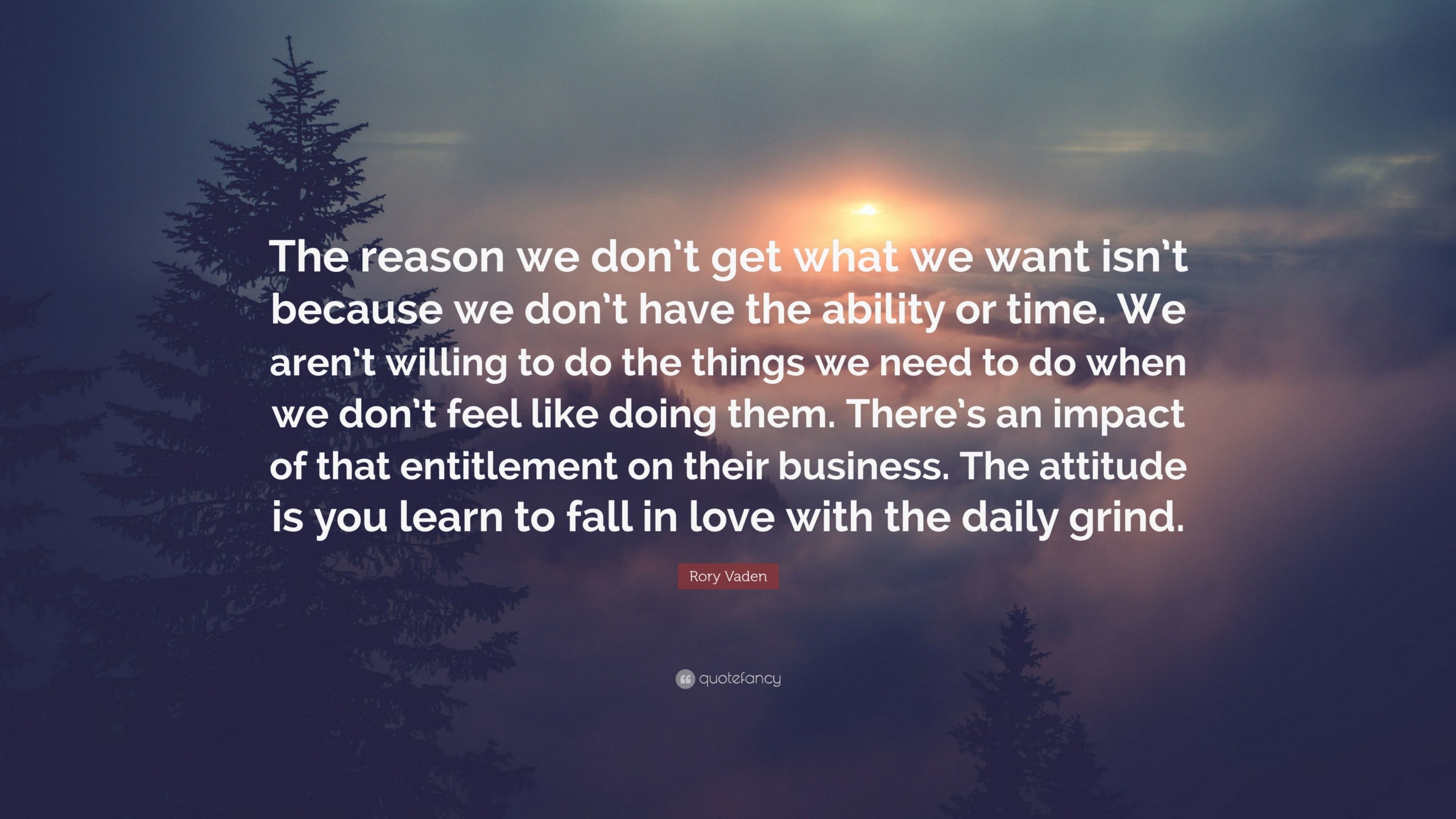There are many myths and misconceptions surrounding education. These myths can influence policies, practices, and attitudes in the field of education. Here are some common education myths:
- Learning Styles Myth:
- Myth: Students have specific learning styles (e.g., visual, auditory, kinesthetic), and teaching should cater to these styles.
- Reality: Research has shown that the concept of learning styles is not supported by strong scientific evidence. Effective teaching considers a variety of instructional approaches.
- “Left Brain vs. Right Brain” Myth:
- Myth: People are either left-brained (logical and analytical) or right-brained (creative and artistic), and this influences their learning style.
- Reality: While the brain has two hemispheres with different functions, the idea of strict left-brain or right-brain dominance is oversimplified and not supported by neuroscience.
- “Learning Only Happens in the Classroom” Myth:
- Myth: Learning occurs exclusively within the four walls of a classroom.
- Reality: Learning can take place in a variety of settings, including through real-world experiences, online resources, and self-directed learning.
- “Gifted and Talented” Myth:
- Myth: Gifted students are born with exceptional abilities, and they don’t need educational support.
- Reality: Giftedness can be nurtured and developed through appropriate educational opportunities and support.
- “Standardized Testing Measures Everything” Myth:
- Myth: Standardized tests provide a comprehensive and accurate assessment of a student’s abilities and potential.
- Reality: Standardized tests have limitations and may not capture the full range of a student’s skills and talents.
- “Good Teachers Don’t Need Training” Myth:
- Myth: Teachers who have a natural talent for teaching do not require formal training or professional development.
- Reality: Effective teaching often requires continuous learning and professional development.
- “Technology Equals Better Education” Myth:
- Myth: The integration of technology into education automatically leads to better learning outcomes.
- Reality: Technology is a tool that, when used effectively, can enhance education, but it is not a guaranteed solution.
- “Homework Always Improves Learning” Myth:
- Myth: Assigning more homework equates to increased student learning and achievement.
- Reality: The quality of homework assignments is more important than the quantity, and excessive homework can be counterproductive.
- “Learning Stops After Graduation” Myth:
- Myth: Formal education is the only time in life for learning, and after graduation, learning is no longer necessary.
- Reality: Lifelong learning is essential for personal growth and adapting to an ever-changing world.
- “All Students Learn at the Same Rate” Myth:
- Myth: All students should progress through the same curriculum at the same pace.
- Reality: Students have diverse learning needs and may require individualized instruction and differentiated learning paths.
- “More Funding Guarantees Better Education” Myth:
- Myth: Increasing funding for schools automatically leads to improved educational outcomes.
- Reality: The effectiveness of funding depends on how resources are allocated and used.
- “Only Academic Subjects Matter” Myth:
- Myth: Academic subjects (e.g., math, science, language arts) are more valuable than arts, physical education, and vocational courses.
- Reality: A well-rounded education includes a variety of subjects that cater to different talents and interests.
Challenging these myths is essential for promoting evidence-based educational practices and fostering a more effective and inclusive educational system. Education should be based on research, best practices, and a recognition of the diversity of learners and their needs.





